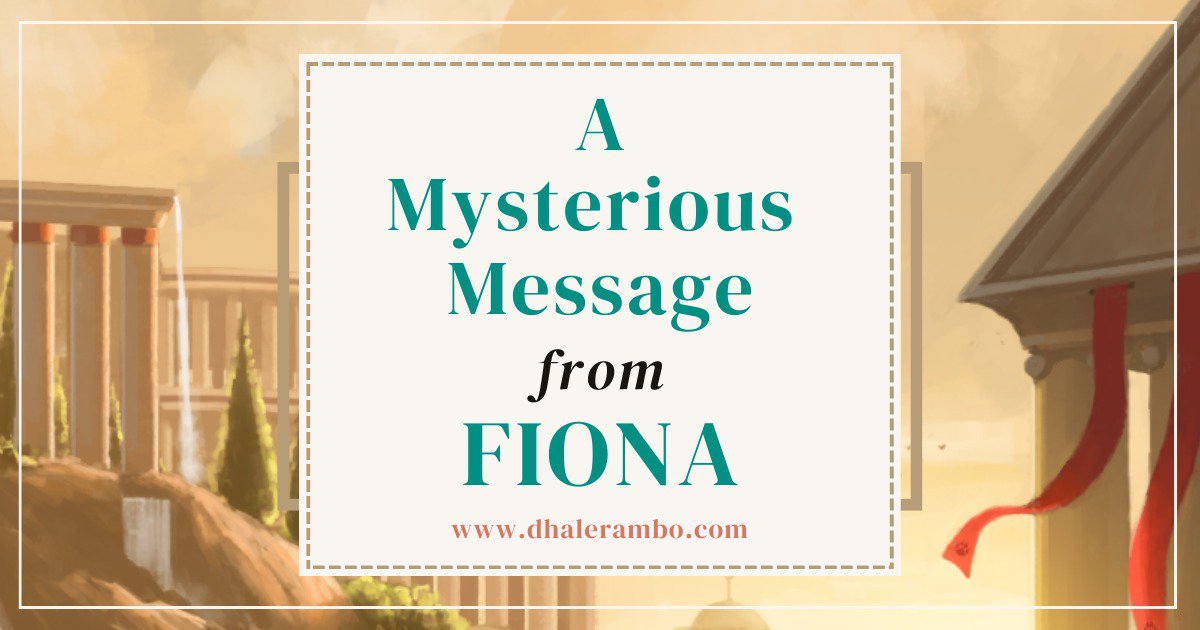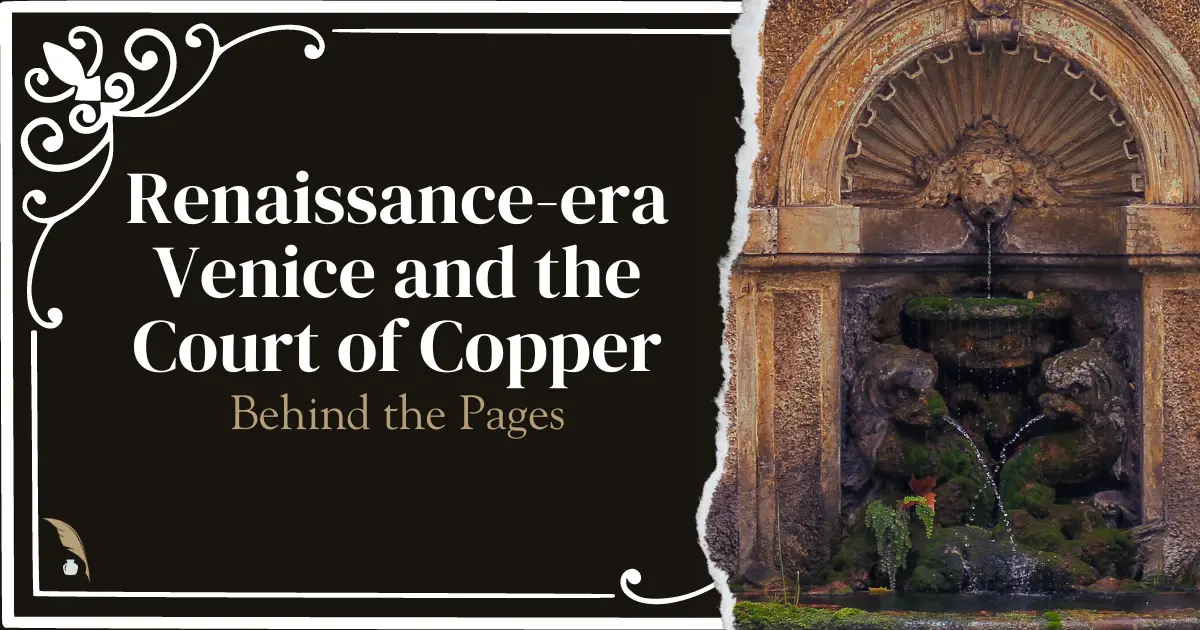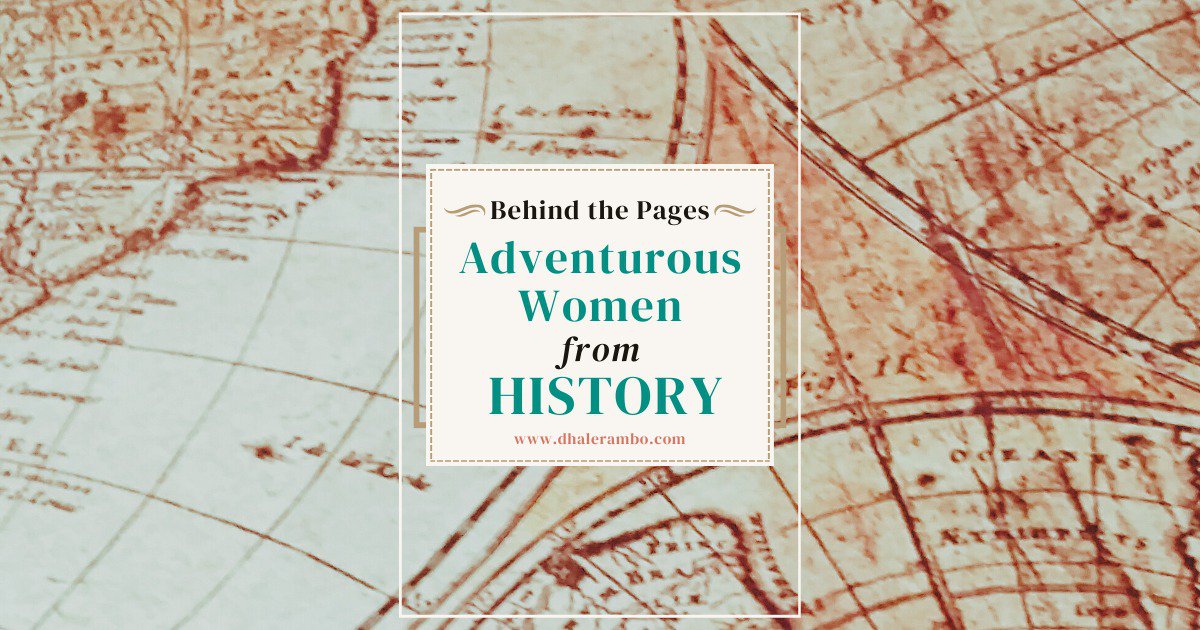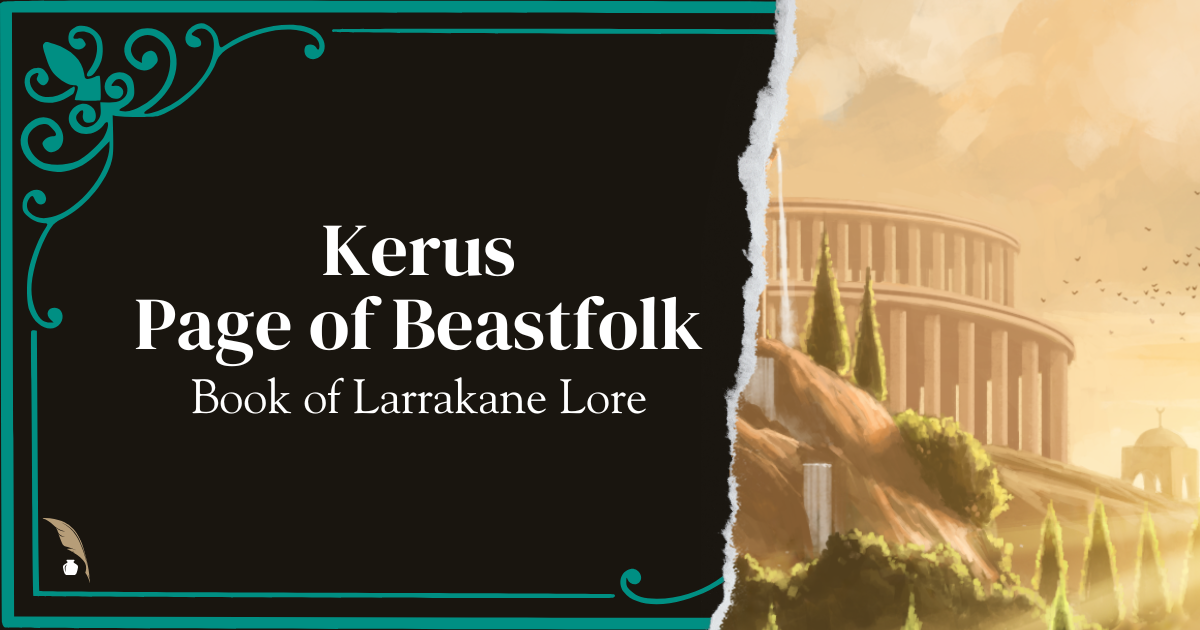
A strange postcard from Investigator Fiona Thorne has arrived. What a mystery. She’s in Kerus, Page of Beastfolk, for a holiday with her friend, Dodger.

The joy of creating a historical fantasy series is that I get to research historical times, places, and cultures. That in itself is so much fun! But then I get to craft an entirely new, yet familiar, world by mixing historical elements and then adding a twist or three.
In HARD BOUND, book two of The Planar Pages series, our savvy investigator Fiona Thorne is at the Court of Copper, which, along with the fae, is based mainly on Renaissance Italy, especially Venice.
The ultimate research was my Spring 2022 Venice honeymoon. That trip really helped flesh out the main fictional city, especially walking over almost a hundred bridges!
Let’s take a spoiler-free stroll to discover three aspects of the real Renaissance-era Venice and how they appear in my historical fantasy series The Planar Pages. Actually, taking a boat might be better.
Venice is built on over one hundred crafted islands in a lagoon in the Adriatic Sea. This miraculous Floating City was formed by connecting the various small islands by bridges.
During the Italian Renaissance, the elite class of Venice showed off their wealth by traveling the waters on ostentatiously decorated gondolas, flat-bottomed rowing boats. In the sixteenth century, the Italian government banned increasing extravagance, ordering that all private gondolas were to be painted black.
Although set in a facsimile of the sixteenth century, extravagance has not been banned so you can take a similar journey with Fiona:
“Deep copper water brushed its northern edge, making it easy to navigate to, and canals like wriggling fingers poked into the city, giving ample avenues for traveling throughout it on boat.” – HARD BOUND by D. Hale Rambo
Built on a salt-water lagoon, early Venice couldn’t hope to flourish as a city without drinking water. The solution? Rainwater collection and filtration using gutters and wells.
As the wells often took center stage in open spaces, a plain structure was never an option. The stone or marble wellheads built during the Italian Renaissance were decorated with heads, masks, and garlands.
The Court of Copper uses a similar solution to its water supply:
“In the center of the square was a sizeable pale-pink marble well decorated with laurel leaves…there were many faekin around it, filling pails and pots underneath the iron spigots that shot water directly from the cistern beneath.” – HARD BOUND by D. Hale Rambo
Most of Venice’s glassmaking industry was concentrated on the “island of Murano” which is actually a cluster of islands. This kept the fire-hazard furnaces away from the wooden structures of nearby cities and kept the skilled glassmakers in one place.
From the High Middle Ages to the Italian Renaissance, Murano was Europe’s major center for luxury glass. The sixteenth century became a golden age for glassmaking invention and glass trade.
As with Venice, the Court of Copper has had similar success with glassmaking:
“The Court of Copper produced most of the glass in the Book…The trade was booming, more so than it had been in the early days of the Inking.” – HARD BOUND by D. Hale Rambo
There are other references to the Italian Renaissance throughout the series, including Fiona’s signature outfit.
You can discover more historical references by visiting the Court of Copper in HARD BOUND.
New to the historical fantasy world of The Book? Step inside The Planar Pages for FREE. Sign up for the newsletter and receive a free copy of the series prequel HIDDEN WORDS.

A strange postcard from Investigator Fiona Thorne has arrived. What a mystery. She’s in Kerus, Page of Beastfolk, for a holiday with her friend, Dodger.

As an author, I love diving down the rabbit holes of history for inspiration. With my historical fantasy mystery series, The Planar Pages, I took

The Page of Beastfolk, Kerus is inhabited by Smilodon, Elephas, and Ursidon . All creatures are Kerusian to those outside the page. For now.
Be the first to find out about what’s coming next. Subscribe to the newsletter for news, previews and giveaways in one place.
Once you sign up, HIDDEN WORLDS, The Planar Pages prequel, will magically appear in your inbox.